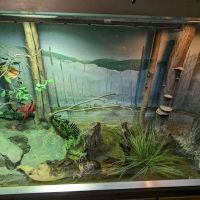Amphibians, Reptiles, and Fish Museum Introduce
Are you a New Yorker fascinated by the diverse natural world that thrives right in our backyard? The Amphibians, Reptiles, and Fish Museum, located in Tomkins Cove, NY, offers a unique opportunity to get up close and personal with the local critters that call our region home. This specialized museum is dedicated to showcasing the incredible variety of amphibians, reptiles, and fish found throughout the Hudson Valley and wider New York State. It's a truly engaging and educational experience, perfect for families, students, and anyone with a curiosity for the often-overlooked inhabitants of our local ecosystems.
Far from being just a collection of static displays, the Amphibians, Reptiles, and Fish Museum provides a dynamic and immersive environment where you can learn about the fascinating adaptations, behaviors, and conservation needs of these amazing creatures. Imagine seeing a native New York snake gracefully slithering, observing a vibrant frog in its naturalistic habitat, or understanding the unique life cycle of a salamander. This museum brings these often elusive animals into clear view, allowing visitors to appreciate their beauty and importance within our environment. It's a chance to foster a deeper understanding and respect for the rich biodiversity surrounding us.
The museum prides itself on housing a collection of native species that can be found right here in the park and surrounding areas. This focus on local wildlife makes the experience particularly relevant for New Yorkers, offering insights into the very creatures you might encounter on a hike or in your own backyard. From the common snapping turtle to various species of newts and even garter snakes, the exhibits are thoughtfully curated to educate and inspire. Visitors frequently praise the museum for its clarity, engaging presentations, and the sheer variety of local creatures on display, making it a must-visit for anyone interested in the natural history of New York.
The Amphibians, Reptiles, and Fish Museum is conveniently situated at 28 Fort Clinton Way, Tomkins Cove, NY 10986, USA. This location places it within the beautiful Hudson Valley, making it an accessible destination for residents across New York State, from the bustling boroughs of New York City to the quieter towns upstate. Tomkins Cove itself is nestled within Rockland County, offering a scenic drive through picturesque landscapes.
For those traveling by car, the museum is easily reachable via major roadways. From the south, you can take the Palisades Interstate Parkway North, exiting onto Route 6 or similar local roads leading towards Bear Mountain State Park, where Fort Clinton Way is located. From the north, Route 9W provides direct access. The museum is often associated with the broader Hudson Highlands Nature Center, which has various campuses, so confirming the exact location for this specific museum is key when planning your visit.
While specific public transportation routes directly to 28 Fort Clinton Way might be limited, visitors from NYC can take the Metro-North Hudson Line to nearby towns like Peekskill or Garrison, and then arrange for a short taxi or ride-sharing service to complete the journey. It's always advisable to check the latest public transport schedules and local taxi services when planning your trip. The museum is generally designed to be welcoming to all visitors, and efforts are made to ensure accessibility where possible within its natural setting. Parking is typically available on-site or nearby, catering to the flow of visitors eager to explore the wonders within.
While the Amphibians, Reptiles, and Fish Museum is a specialized exhibition space, it is part of a larger network of educational institutions, likely associated with the Hudson Highlands Nature Center. Based on typical offerings of such nature centers and similar educational facilities focused on live animal collections, the following services can be expected:
- Live Animal Exhibits: The core service is the display of live local amphibians, reptiles, and fish, providing visitors with an opportunity to observe these creatures in naturalistic habitats. This allows for direct learning about their physical characteristics, behaviors, and ecological roles.
- Educational Programs and Presentations: The museum likely offers structured educational programs, workshops, and guided tours for various age groups, including school field trips and family programs. These programs often delve deeper into topics such as distinguishing between different species, life cycles, specialized adaptations, habitats, and conservation efforts concerning New York's native wildlife. Many nature centers emphasize a "no-touch" policy for the health and well-being of their animals, focusing on observation and respectful interaction.
- Interactive Learning Opportunities: While direct touching may be limited, educational presentations often include "manipulatives" such as shells, skins, eggs, and other animal artifacts that provide a tactile dimension to learning. Some programs may offer supervised hands-on interaction with specific animal ambassadors where appropriate and safe.
- Conservation Education: A significant focus is placed on promoting conservation themes. Visitors learn about the challenges native New York animal populations face, including habitat loss, and what steps can be taken to protect these species and their environments. This often ties into the broader mission of the associated nature center.
- Gift Shop: Many wildlife museums and nature centers include a small gift shop where visitors can purchase nature-themed souvenirs, books, educational toys, and other items to remember their visit and support the institution's mission.
- Picnic Areas: Depending on its integration within a larger park or nature center, picnic areas may be available for visitors to enjoy packed lunches and extend their stay.
- Restroom Facilities: Accessible restroom facilities are typically available to ensure a comfortable visit for all guests.
- Focus on Local Critters: A key highlight is the museum's specific emphasis on amphibians, reptiles, and fish native to the New York region, particularly those found within the surrounding park and Hudson Valley. This offers a unique opportunity for locals to learn about the wildlife they might encounter in their own environment.
- Diverse Live Collection: The museum houses a variety of local species, including different types of snakes (like garter snakes), various frogs (such as green frogs and bullfrogs), salamanders, newts, and turtles (including common snapping turtles and painted turtles). This diverse collection allows visitors to observe the unique characteristics and behaviors of each species.
- Educational Immersion: The exhibits are designed to be clear, engaging, and informative. Rather than just displaying animals, the museum aims to provide insights into their life cycles, specialized adaptations for survival, natural habitats, and ecological niches. This offers a deeper understanding beyond simple identification.
- Interactive Learning Elements: While the primary focus is on observation to ensure animal well-being, many exhibits and programs incorporate interactive elements. This might include educational signage with detailed information, models, or even artifacts like snake skins or turtle shells that visitors can examine, providing a multi-sensory learning experience.
- Conservation Message: A strong underlying theme is conservation. Visitors learn about the threats facing New York's amphibian, reptile, and fish populations, such as habitat destruction and pollution, and are encouraged to become stewards of the environment. This emphasis makes the visit not only educational but also inspiring.
- Family-Friendly Environment: The museum is structured to be enjoyable and accessible for visitors of all ages, making it an excellent destination for family outings. Children, in particular, are often captivated by the live animals and the opportunity to learn about these fascinating creatures up close.
- Integration with Nature Center: Being part of a larger nature center (likely the Hudson Highlands Nature Center), the museum benefits from its natural surroundings. This means visitors can often combine their museum visit with outdoor activities like trail walks, further enhancing their understanding of the local ecosystem.
As an educational institution likely connected to a broader nature center, the Amphibians, Reptiles, and Fish Museum may not have traditional "promotions" in the commercial sense (like sales or discounts on individual exhibits). However, similar to other non-profit educational wildlife centers, they often provide various offers and opportunities that enhance the visitor experience and make it more accessible, especially for local New Yorkers:
- Membership Programs: Many nature centers offer annual memberships. These typically provide unlimited free admission for a year for individuals or families, discounts on special programs, workshops, and gift shop purchases. For frequent visitors or families, a membership can offer significant savings and exclusive access.
- Educational Group Rates: Schools, scout troops, and other organized educational groups often qualify for special discounted rates on admission and guided programs. This is a common "offer" to encourage group learning and outreach.
- Seasonal Programs & Events: The museum and its affiliated nature center frequently host seasonal events, workshops, and special presentations. These might include "Reptile & Amphibian Day" events, nature walks focused on spotting local wildlife, or family-friendly festivals. While some may have a separate fee, many are included with general admission or membership and offer unique, limited-time experiences.
- Volunteer Opportunities: For those looking to engage more deeply, volunteering is an "offer" of a different kind. It provides free access, behind-the-scenes experiences, and the chance to contribute to the museum's mission, often in exchange for time and effort. This is particularly appealing to locals passionate about wildlife and conservation.
- Community Access Programs: Some cultural institutions offer programs like "Museums for All," providing reduced or free admission to individuals and families receiving food assistance (EBT cardholders). It's worth checking if this museum or its parent organization participates in such initiatives to ensure broader community access.
- Early Bird or Off-Peak Discounts: While not always advertised, some institutions may offer slightly reduced rates for visits during off-peak hours or weekdays, especially during less crowded seasons. It's always a good idea to check their website or call ahead for any unadvertised specials.
- Birthday Party Packages: For local families, some nature centers offer birthday party packages that include admission, a dedicated space, and often a special animal encounter or educational program, creating a unique and memorable celebration.
The Amphibians, Reptiles, and Fish Museum is situated within the broader context of the Hudson Highlands Nature Center. Therefore, the primary contact information for inquiries and planning your visit will likely be through the Nature Center itself, which manages and operates this specialized museum. It's important to use the Nature Center's contact details for the most accurate and up-to-date information regarding hours, programs, and general inquiries.
- Address: 28 Fort Clinton Way, Tomkins Cove, NY 10986, USA. Please note that this is the physical location of the museum. For postal mail or administrative purposes, it's advisable to check the Hudson Highlands Nature Center's official website for their main mailing address.
- Phone: While a direct line to the "Amphibians, Reptiles, and Fish Museum" specifically might not exist, the general phone number for the Hudson Highlands Nature Center, which would oversee this exhibit, is usually available. For the most current phone number, it's best to visit the Hudson Highlands Nature Center's official website (hhnaturecenter.org) or conduct a quick online search for "Hudson Highlands Nature Center contact." These numbers typically direct you to their main office or visitor services.
- Website: The most comprehensive source of information, including operating hours, admission fees (if any), upcoming programs, events, and detailed descriptions of exhibits, will be the official website of the Hudson Highlands Nature Center. Searching for "Hudson Highlands Nature Center" will lead you to their site, where information about the Amphibians, Reptiles, and Fish Museum should be readily available under their "Exhibits" or "Animals" sections.
- Email: General inquiry email addresses are often provided on the Nature Center's website. This is a good option for non-urgent questions or detailed requests.
- Social Media: Like many educational institutions, the Hudson Highlands Nature Center likely maintains a presence on various social media platforms. Following their pages can provide updates on events, animal news, and real-time information.
Always verify details directly with the official sources before planning your visit, as hours and offerings can change seasonally or due to special circumstances.
The Amphibians, Reptiles, and Fish Museum in Tomkins Cove, NY, is an exceptionally suitable destination for New York locals for a multitude of compelling reasons. It offers a unique and invaluable opportunity to connect with the often-unseen natural world thriving in our very own state, making it far more than just another attraction; it's a vital educational resource and a delightful recreational spot.
Firstly, its focus on native New York species is a huge draw. Unlike larger zoos that showcase exotic animals from around the globe, this museum specifically highlights the snakes, frogs, salamanders, newts, and turtles that can be found in our local parks, forests, and waterways. This localized approach makes the learning experience incredibly relevant and immediately applicable to a New Yorker's everyday life. Suddenly, that rustle in the leaves or a glimpse of a frog near a pond takes on new meaning, as you've seen and learned about these creatures firsthand at the museum. It fosters a deeper appreciation for the biodiversity that exists right in our backyard.
Secondly, its accessibility within the Hudson Valley makes it a perfect day trip for residents across the tri-state area. Whether you're driving up from New York City or venturing from other parts of Upstate New York, the journey to Tomkins Cove is manageable and often scenic. This ease of access ensures that a fulfilling educational and recreational outing is always within reach, providing a refreshing escape from urban environments without requiring extensive travel planning.
Moreover, the museum serves as an essential educational hub. For families, it offers a hands-on (or rather, eye-on) learning experience that complements classroom studies and encourages a lifelong love for nature. Children are captivated by the live exhibits, and the emphasis on conservation instills crucial environmental awareness from a young age. For adults, it's an opportunity to deepen their understanding of local ecosystems, learn about species they might encounter in their own outdoor adventures, and grasp the importance of protecting these vulnerable populations.
Finally, as a part of a larger nature center, a visit to the Amphibians, Reptiles, and Fish Museum can easily be combined with other outdoor activities, such as hiking trails or exploring the surrounding parklands. This holistic approach to nature engagement allows locals to not only learn about these creatures in a controlled environment but also to venture out and potentially observe them in their natural habitats (from a respectful distance, of course). It cultivates a sense of stewardship and a desire to preserve the natural beauty that defines much of New York State. In sum, this museum is a truly suitable and enriching destination for any New Yorker eager to discover and appreciate the fascinating local wildlife that shares our home.
Amphibians, Reptiles, and Fish Museum Photos
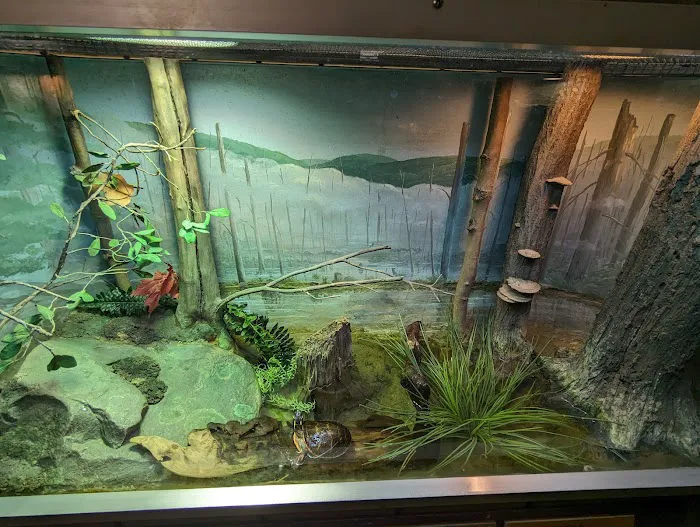
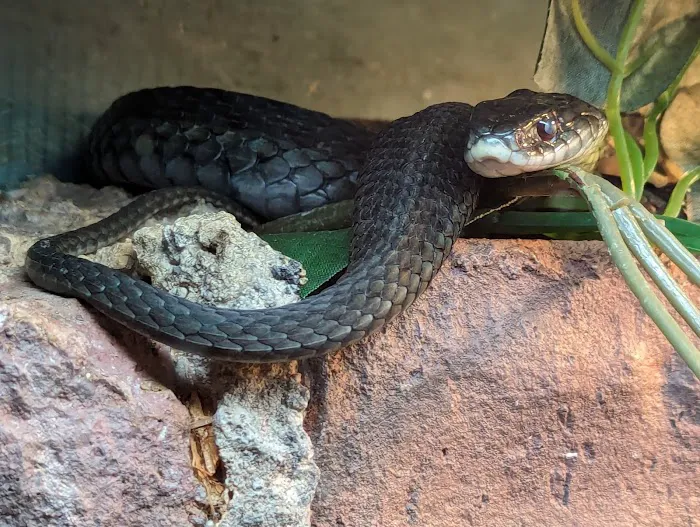
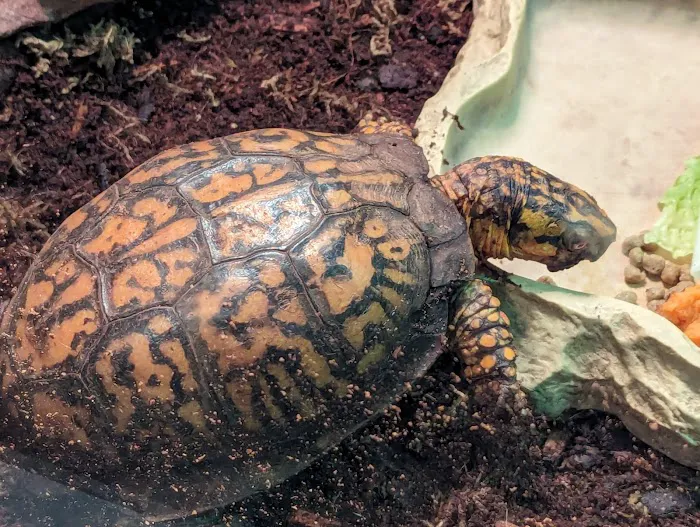
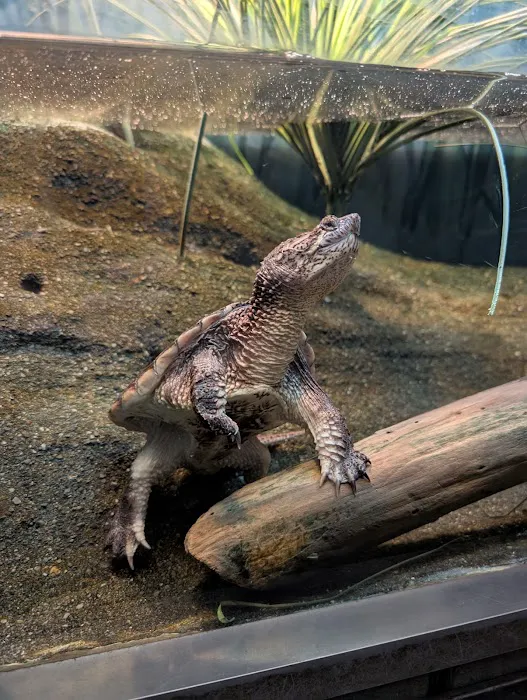
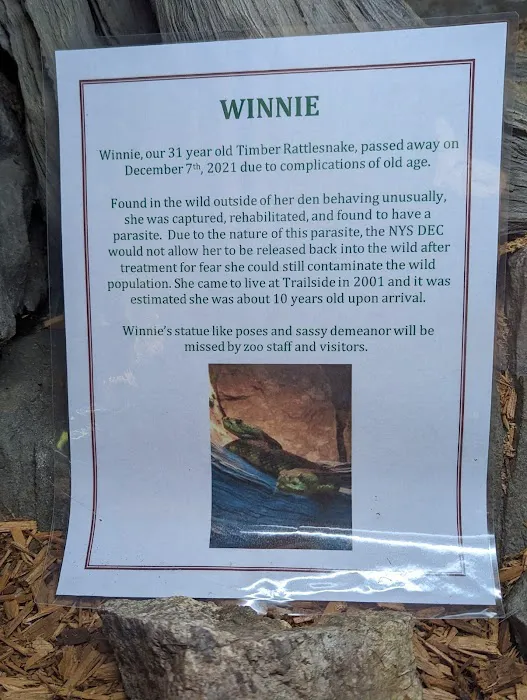
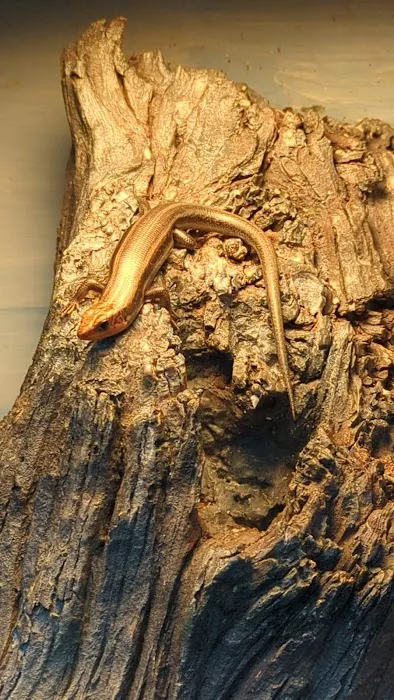
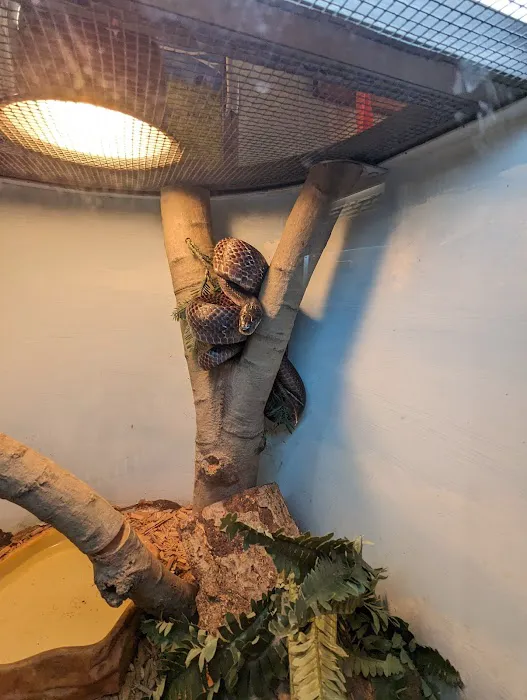
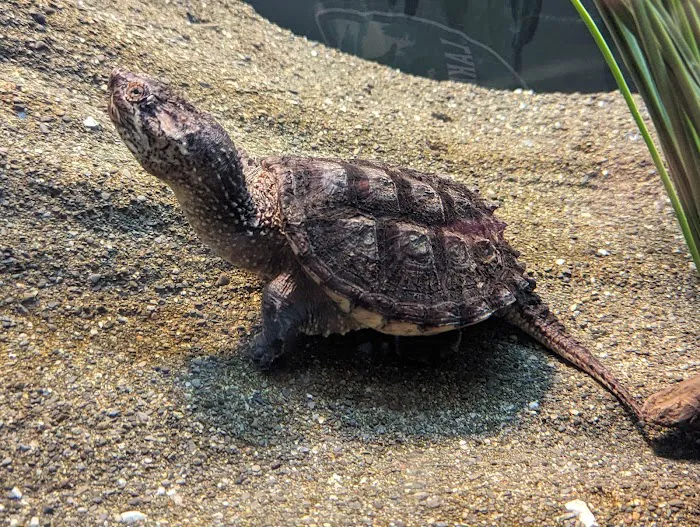
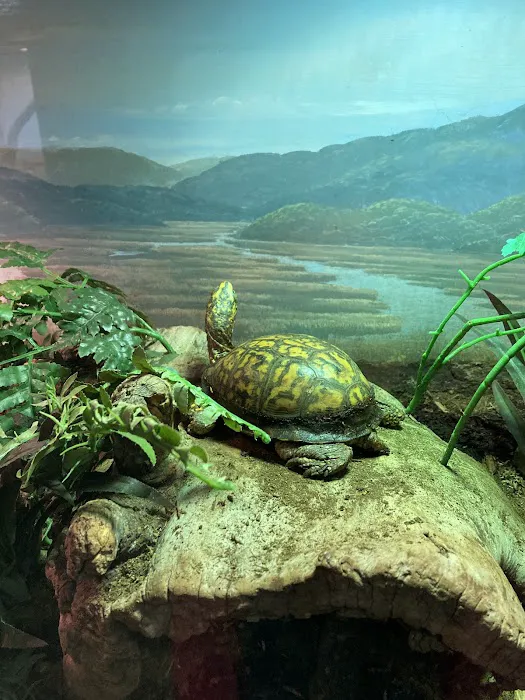
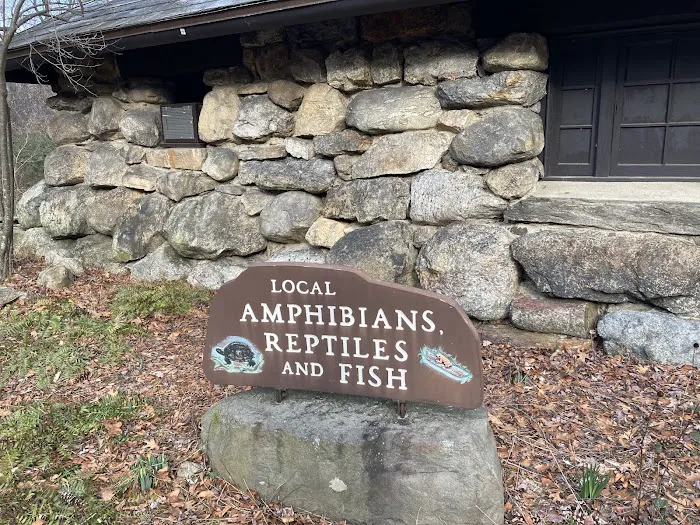
Amphibians, Reptiles, and Fish Museum Location
Amphibians, Reptiles, and Fish Museum
28 Fort Clinton Way, Tomkins Cove, NY 10986, USA
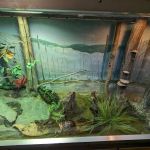 Amphibians, Reptiles, and Fish Museum
Amphibians, Reptiles, and Fish Museum28 Fort Clinton Way
 Stone Cottages at Bear Mountain Inn
Stone Cottages at Bear Mountain Inn55 Hessian Dr
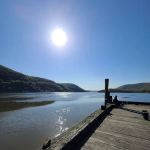 Bear Mountain Dock
Bear Mountain DockTomkins Cove
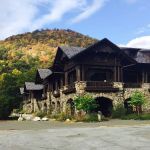 Bear Mountain Inn
Bear Mountain Inn3020 Seven Lakes Drive
 Appalachian Trail
Appalachian TrailService Rd
 Major Welch Trailhead
Major Welch TrailheadTomkins Cove
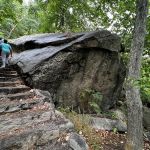 Suffern Bear Mountain Trailhead
Suffern Bear Mountain TrailheadTomkins Cove
 Bear Mountain Inn - Overlook Lodge
Bear Mountain Inn - Overlook Lodge55 Hessian Dr
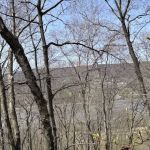 Anthony's Nose Trailhead
Anthony's Nose TrailheadGarrison
 Anthony’s Nose Lookout
Anthony’s Nose Lookout829F+CJ
 Mine Dock Park
Mine Dock Park68 Mine Dock Rd
 Appalachian Trail at Bear Mountain-Beacon Hwy
Appalachian Trail at Bear Mountain-Beacon Hwy105 NY-9D
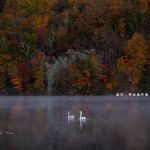 Brooks Lake Trailhead
Brooks Lake TrailheadHighlands
Amphibians, Reptiles, and Fish Museum Reviews
The Amphibians, Reptiles, and Fish Museum houses local critters at can be found throughout the park, including snakes, frogs, salamanders, newts and turtles.
Feb 14, 2024 · Aileen Kearney- Jul 03, 2024 · Mehrangiz Shokhirova
- Jun 10, 2024 · Maxwell Wermuth
- May 28, 2024 · Andy Jeon
More Scenic Spot
 Stone Cottages at Bear Mountain Inn4.0 (119 reviews)
Stone Cottages at Bear Mountain Inn4.0 (119 reviews)55 Hessian Dr, Bear Mountain, NY 10911, USA
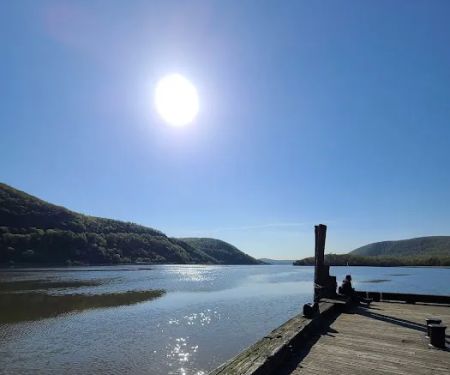 Bear Mountain Dock4.0 (62 reviews)
Bear Mountain Dock4.0 (62 reviews)Tomkins Cove, NY 10986, USA
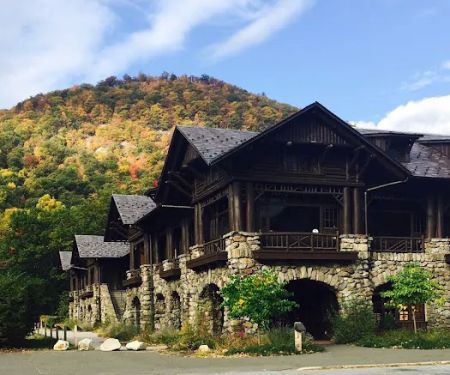 Bear Mountain Inn4.0 (1730 reviews)
Bear Mountain Inn4.0 (1730 reviews)3020 Seven Lakes Drive, Tomkins Cove, NY 10986, USA
 Appalachian Trail4.0 (27 reviews)
Appalachian Trail4.0 (27 reviews)Service Rd, Tomkins Cove, NY 10986, USA
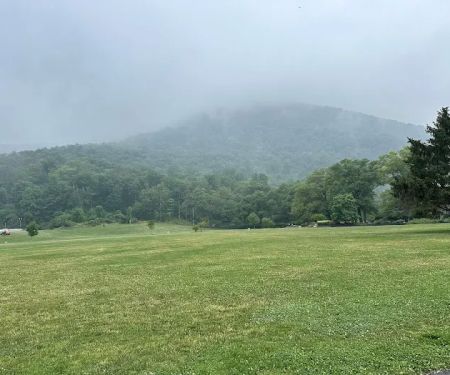 Major Welch Trailhead4.0 (4 reviews)
Major Welch Trailhead4.0 (4 reviews)Tomkins Cove, NY 10986, USA
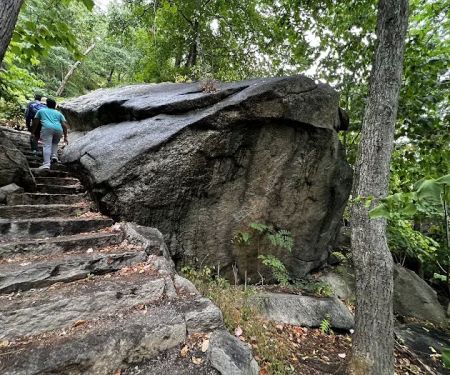 Suffern Bear Mountain Trailhead4.0 (643 reviews)
Suffern Bear Mountain Trailhead4.0 (643 reviews)Tomkins Cove, NY 10986, USA
 Bear Mountain Inn - Overlook Lodge4.0 (275 reviews)
Bear Mountain Inn - Overlook Lodge4.0 (275 reviews)55 Hessian Dr, Highland Falls, NY 10928, USA
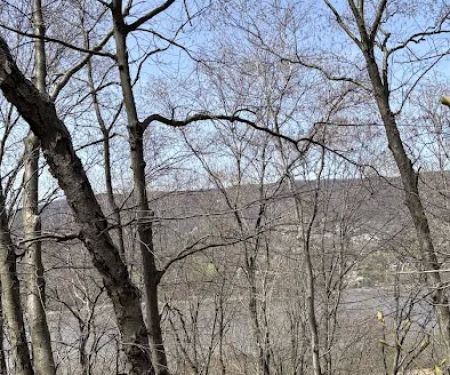 Anthony's Nose Trailhead4.0 (10 reviews)
Anthony's Nose Trailhead4.0 (10 reviews)Garrison, NY 10524, USA
 Anthony’s Nose Lookout5.0 (3 reviews)
Anthony’s Nose Lookout5.0 (3 reviews)829F+CJ, Philipstown, NY 10524, USA
 Mine Dock Park4.0 (230 reviews)
Mine Dock Park4.0 (230 reviews)68 Mine Dock Rd, Fort Montgomery, NY 10922, USA
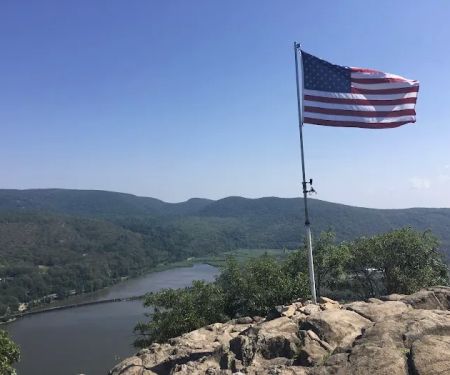 Appalachian Trail at Bear Mountain-Beacon Hwy5.0 (7 reviews)
Appalachian Trail at Bear Mountain-Beacon Hwy5.0 (7 reviews)105 NY-9D, Garrison, NY 10524, USA
 Brooks Lake Trailhead3.0 (1 reviews)
Brooks Lake Trailhead3.0 (1 reviews)Highlands, NY 10928, USA
Categories
Popular Camping Sites
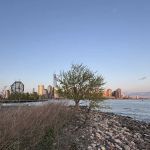 Lone Happy Tree of Morris Canal5.0 (1 reviews)
Lone Happy Tree of Morris Canal5.0 (1 reviews) La Quinta Inn & Suites by Wyndham Times Square South4.0 (698 reviews)
La Quinta Inn & Suites by Wyndham Times Square South4.0 (698 reviews) Dahnert's Lake County Park4.0 (743 reviews)
Dahnert's Lake County Park4.0 (743 reviews)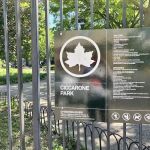 Ciccarone Park4.0 (397 reviews)
Ciccarone Park4.0 (397 reviews) Fairfield Inn & Suites Union4.0 (42 reviews)
Fairfield Inn & Suites Union4.0 (42 reviews) Pier 4 Beach4.0 (6 reviews)
Pier 4 Beach4.0 (6 reviews)Trending Camping Blog Posts
 Top Group Travel Destinations in Europe: Best Places for Group Vacations
Top Group Travel Destinations in Europe: Best Places for Group Vacations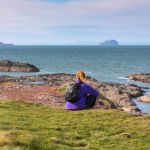 How to Get Involved in Travel Clans for Social Travel: Explore Group Travel Opportunities
How to Get Involved in Travel Clans for Social Travel: Explore Group Travel Opportunities Best Travel Clans for Sustainable Travel
Best Travel Clans for Sustainable Travel Best Group Vacation Destinations for Friends: Ultimate Travel Ideas
Best Group Vacation Destinations for Friends: Ultimate Travel Ideas Travel Clans for Solo Travelers Looking for Company: Join Unique Travel Communities
Travel Clans for Solo Travelers Looking for Company: Join Unique Travel Communities Best Travel Clans for Women Traveling Together
Best Travel Clans for Women Traveling Together 
